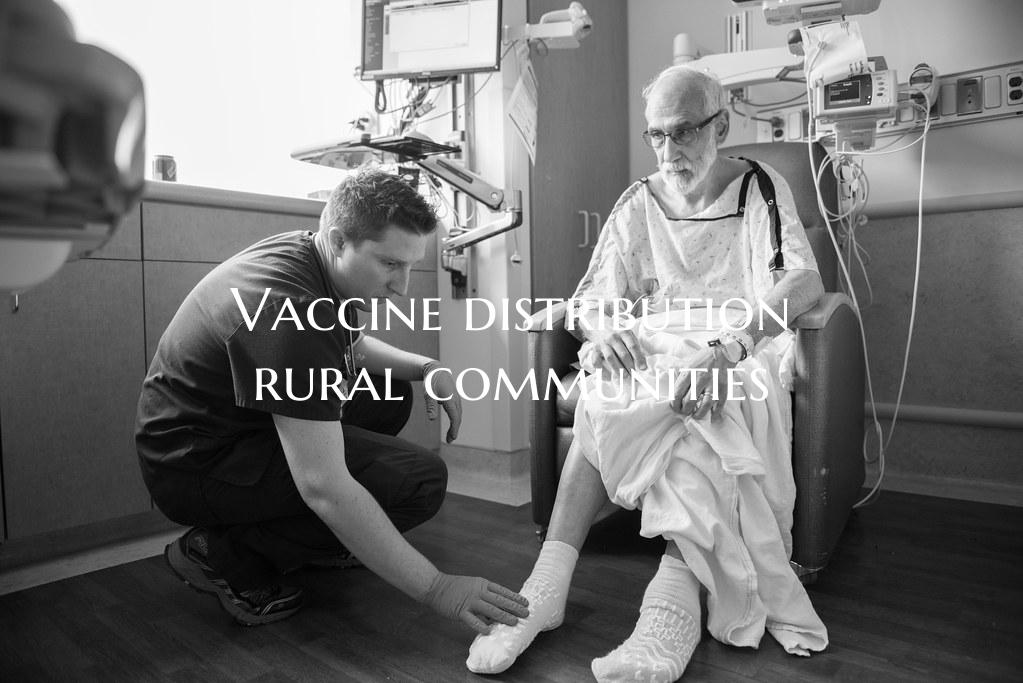
Vaccine distribution rural communities
Introduction:
Vaccination plays a crucial role in protecting individuals and communities from infectious diseases. In the wake of the global COVID-19 pandemic, there has been an urgent push to distribute vaccines to as many people as possible. However, one of the key challenges faced in this distribution process is reaching rural communities. These areas often have limited access to healthcare facilities and infrastructure, which can create barriers to vaccine distribution. In order to ensure equity and protect the health of all individuals, it is essential to address these challenges and develop strategies to improve vaccine distribution in rural communities.
Challenges in Vaccine Distribution in Rural Communities:
1. Limited access to healthcare facilities: Many rural communities have a shortage of healthcare facilities, including clinics and hospitals, making it difficult for residents to access vaccines.
2. Lack of infrastructure: Poor road networks and limited public transportation can hinder the delivery of vaccines to remote rural areas.
3. Vaccine hesitancy: Due to misinformation and lack of education, some individuals in rural communities may be hesitant to receive vaccines, which can further limit distribution efforts.
4. Cold chain requirements: Some vaccines require specific storage conditions, such as refrigeration, which can be challenging to maintain in rural areas with limited access to electricity and refrigeration facilities.
Strategies to Improve Vaccine Distribution in Rural Communities:
1. Mobile vaccination units: Deploying mobile vaccination units to rural communities can help bring vaccines directly to residents, overcoming the barrier of limited access to healthcare facilities.
2. Community outreach and education: Implementing educational campaigns to raise awareness about the importance of vaccination and address concerns related to vaccine hesitancy can help increase uptake in rural areas.
3. Collaborations with local organizations: Partnering with local community organizations, such as churches, schools, and community centers, can help facilitate vaccine distribution and reach a wider audience.
4. Use of telemedicine and technology: Utilizing telemedicine services and online registration systems can help streamline the vaccine distribution process in rural communities and ensure efficient delivery of vaccines.
Conclusion:
Improving vaccine distribution in rural communities is essential to achieving equitable access to vaccines and protecting public health. By addressing the challenges related to limited access to healthcare facilities, infrastructure, and vaccine hesitancy, and implementing strategies such as mobile vaccination units, community outreach, and technology solutions, we can ensure that all individuals, regardless of their location, have access to life-saving vaccines. It is crucial to prioritize equitable vaccine distribution in rural communities to build a healthier and more resilient society for all.